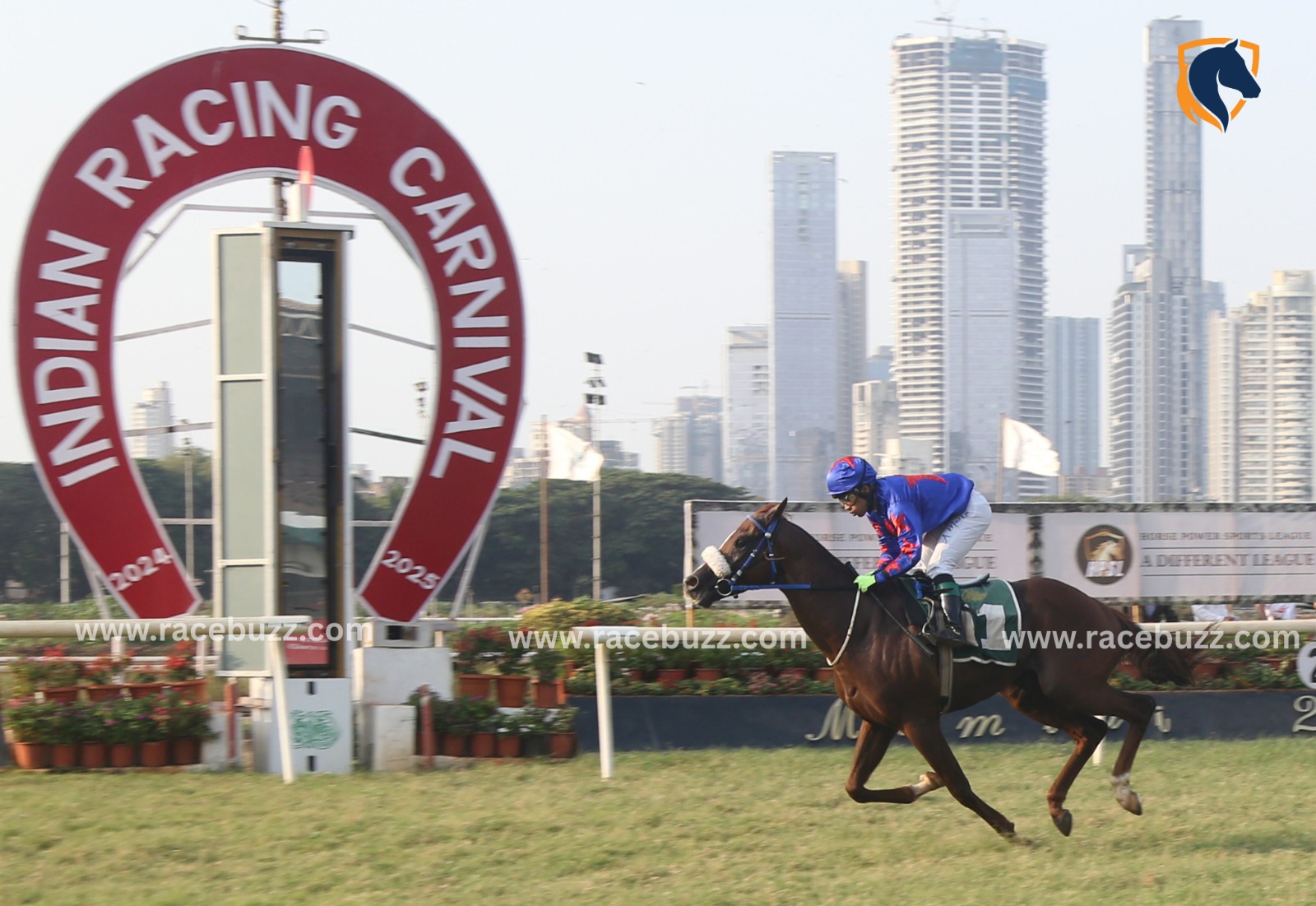
Horse racing in India is one of the oldest and most distinguished sporting traditions, combining heritage, tourism, and livelihoods in a way few industries can. From the historic courses of Kolkata and Mumbai to the thriving turf clubs of Bengaluru, Hyderabad, and Chennai, racing has long been a cultural institution, attracting visitors, supporting equine breeding, and sustaining thousands of families.
Yet today, this legacy faces a grave crisis—not because of waning public interest or diminished competitiveness, but because of a tax regime that threatens its very survival. Since October 2023, horse racing has been subject to a 28 percent Goods and Services Tax levied on the full face value of bets placed. This rate does not merely tax winnings or the commission retained by clubs; it taxes every rupee that enters the pool, thereby penalising the legitimate and regulated form of wagering that underpins the sport.
The consequences of this structure are already stark. In Hyderabad, official betting collections that once stood at ₹1,271 crore in 2016–17 have collapsed to a mere ₹141 crore in 2024–25, even as the parallel illegal betting market has swelled to over ₹2,000 crore annually. In Mumbai too, the Royal Western India Turf Club has seen official tote collections decline from around ₹15 crore in earlier years to barely ₹2–3 crore today, with punters preferring unregulated bookmaking avenues that escape taxation. Nationally, the trend is unmistakable: government revenue from racing, which had touched ₹3,274 crore in 2014–15, has dwindled to less than half that amount within five years of GST implementation.
This is not just a story of numbers but of livelihoods and heritage under siege. The equine population in Hyderabad alone has fallen from over a thousand horses to around 650, as owners are unable to meet the costs of upkeep—now estimated at nearly ₹35,000 per month per horse. Trainers, jockeys, syces, farriers, veterinarians, breeders, and a host of ancillary workers are being forced to abandon their profession, leaving behind an entire ecosystem that once flourished around the sport.
The cascading effect is felt in rural areas that supply feed and breeding services, in urban tourism where racecourses attract visitors, and in state treasuries that lose revenue to underground markets. To equate horse racing with games of pure chance is to misunderstand its nature and its jurisprudential recognition.
The Supreme Court in K.R. Lakshmanan v. State of Tamil Nadu (1996) categorically recognised racing as a game of skill, requiring analysis of form, pedigree, track conditions, weather, handicapping, and jockeyship. Bettors engage in statistical study, pedigree research, and performance evaluation—skills that distinguish the sport from online money games or casinos, which the government itself has recently moved to prohibit through the Promotion and Regulation of Online Gaming Bill, 2025.
While unregulated online games are deemed harmful because of their addictive and opaque design, horse racing remains a licensed, supervised, and historically significant sporting activity. It is therefore inappropriate to punish it with the same or harsher tax treatment than those activities the government itself has sought to ban.
About the Author
Vikram Bachhawat is a renowned horse owner & Director of Chisel Crafts, Aakriti Art Gallery & Konark Collectables.
Editorial Disclaimer
This TurfLens guest column examines GST on horse racing and its effects on Indian turf clubs, racing taxation in India and the wider equine industry in India. The views expressed are solely those of the author. They do not necessarily reflect the views of RaceBuzz, its editors, or affiliates. RaceBuzz does not assume responsibility for any errors or omissions, or for the accuracy of the information presented.








